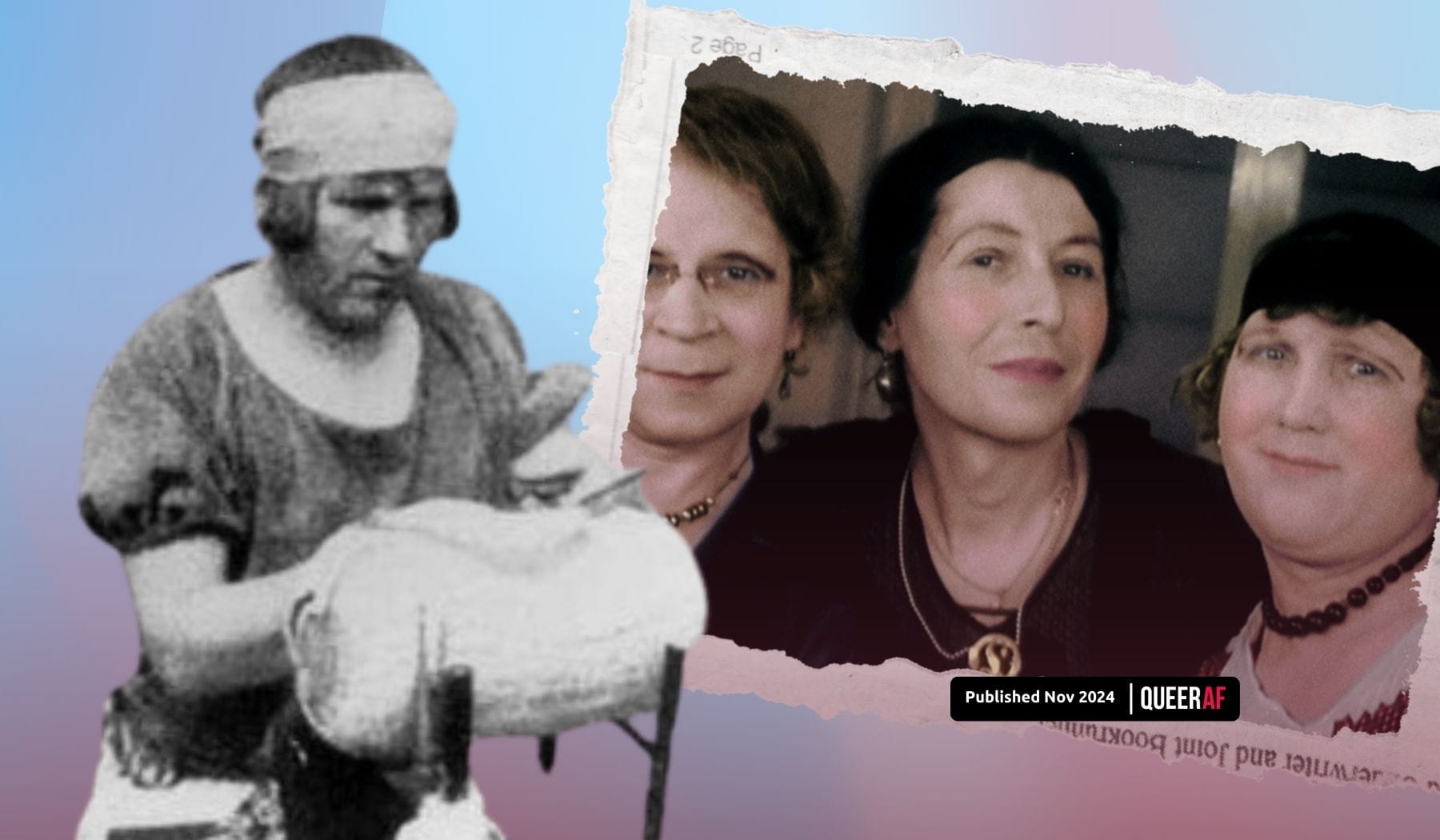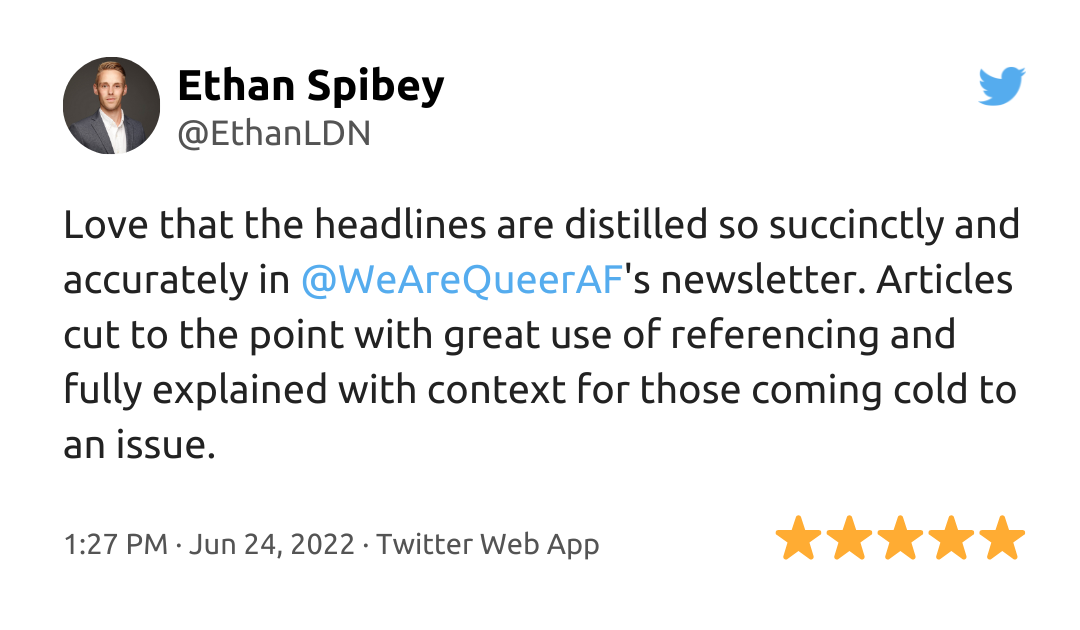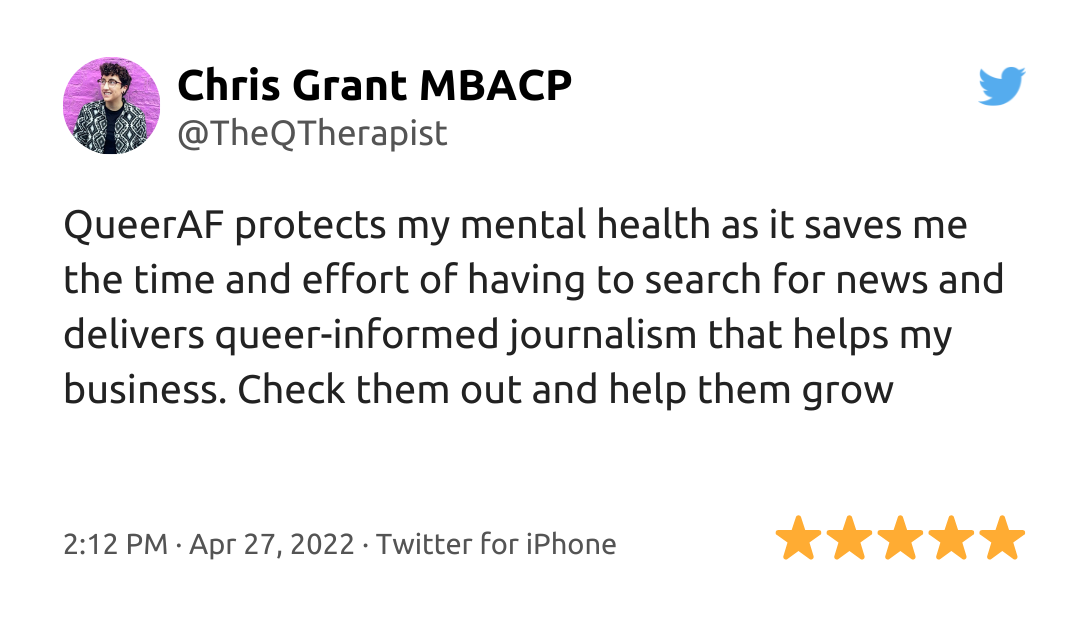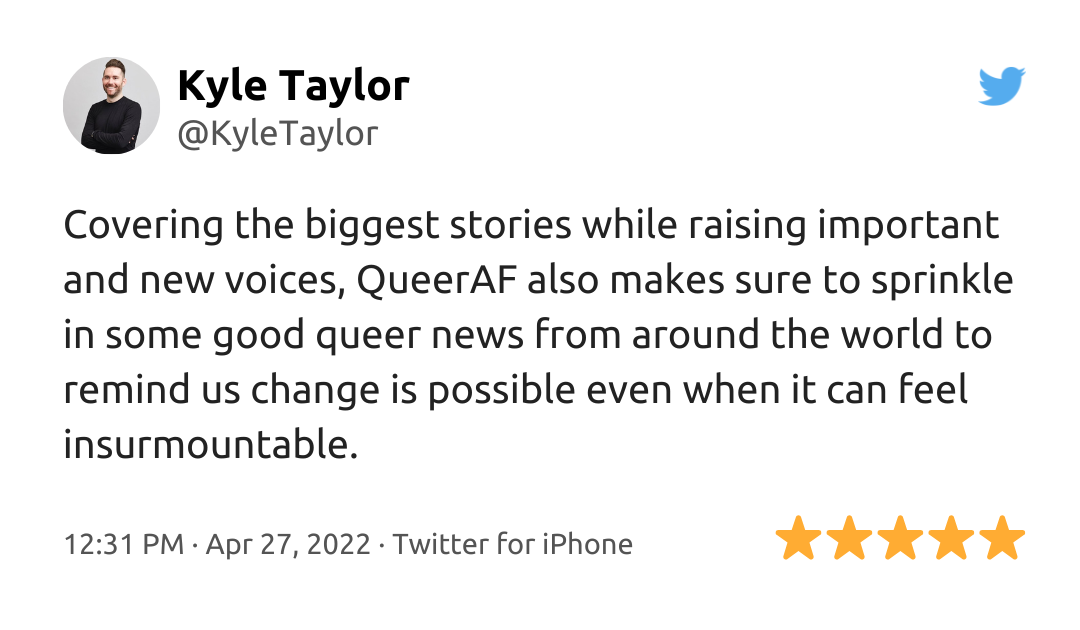This article was produced with our launchpad project Trans+ History Week, which just announced it's 2025 dates as 05-11 May.

Dora Richter, one of the first trans femmes known to have medically transitioned was thought to have been murdered at the Nazi raid on the world’s first transgender clinic, actually survived, recently discovered documents revealed this summer.
Painstaking trans history research by Clara Hartmann unearthed records in a Czech parish archive from a Catholic church in the mountain town of Ryžovna, where, in 1946, a trans woman’s baptismal certificate was edited.
With government permission, the woman’s birth name and gender assigned at birth were crossed out and replaced with her chosen name Dora Rudolfine Richter.
These had remained undiscovered since their creation and sent shockwaves of joy through people like me who study trans history, as it corrected a story that we’d thought we’d known the ending to for decades.
Dora Richter, also known affectionately as Dorchen, was one of the first trans femmes to medically transition along with Toni Ebel and Charlotte Charalque at Magnus Hirschfeld’s Institut für Sexualwissenschaft (Institute for Sexology) in Berlin.
Dora’s life in Berlin is well documented – she was photographed for research about trans lives. She appeared in a 1933 film alongside Toni and Charlotte, in which all three appeared joyful and comfortable in front of the cameras.
Until recently, most books and museum exhibitions mentioning Dora presumed that she had been murdered during the Nazi raid on the Institut on 6th May 1933, while she was living in the building, where she worked as a housekeeper, unable to find other work due to transphobia’s pervasiveness in society. That theory changed thanks to the work of Clara Hartmann.
Clara’s archival work searching for Dora Richter took her to the Czech National Archives, tiny remote towns, the Red Cross’s Holocaust tracing service and more. This is a labour of love and challenging work, especially searching for records from the Second World War that were often destroyed.
Rather than the accepted story that the Nazis murdered Richter, Clara Hartmann unearthed records that proved that she survived not only the raid but the war and continued to live authentically as herself.
Hartmann kept digging and found that after correcting her baptismal certificate, Dora left Ryžovna and lived in Allersberg, Germany, from 1946 until her death on 26th April 1966.
Rather than being murdered by Nazis at 33, she lived to be 74 years old.
Hartmann even found older people in Allersberg who fondly remembered Dora as a cheerful old woman who kept a pigeon in her handbag. She lived with a man who she claimed was her brother, but locals speculate was her lover at a time when living together unmarried wasn’t socially acceptable.
The depth of the effort Hartmann had to go to may explain why nobody found Dora’s records sooner. It was easy for us to accept that Dora was murdered, with no proof of death, because that’s what we expect to be the end of the story for marginalised people living under fascist oppression.
And much of this story doesn’t feel too far away from where we are today. Documents are complex to change and violence against trans people is still rampant.
Survival is harder to imagine. But Dora did survive, just like her friends, the Jewish trans femme couple Toni Ebel and Charlotte Charlaque. Dora may even have kept in touch with Toni and Charlotte, as while discussing trans history in 1955, Charlotte wrote about Dora in the present tense in the US queer publication ONE Magazine.
Dora Richter became an old woman and was affirmed by her country’s record keeping and her neighbours. Her story is known because of Hartmann's dedication to turning over the most unlikely stones just in case something is there - a recognisable trait among trans historians.
Trans and queer historians do this work, often unpaid and unnoticed, because it matters to us. It is vital work that corrects our histories where the cis and heteronormative imagination hasn’t been able to find us or imagine anything but suffering and death for us.
Dora’s survival and happy old age, and Hartmann’s dedication to finding it, have inspired me to keep digging to find our stories. We deserve to have them told, to grow old, and to be remembered.

Get the Queer Gaze in your inbox each week with our free weekly newsletter or pitch to write an edition for us now.
Why we archived our Twitter account
We refuse to give more energy, data or traffic to Elon Musk - so we archived our X account.
Twitter was once a source of news that no one else was talking about. A place for the LGBTQIA+ community to coalesce and build movements. Somewhere for the queer sector to get their news out. That Twitter is long gone.
Since Musk bought the platform, it has moved from a platform with standard issues to one that has fuelled the most pervasive of hate campaigns. Campaigns that may seem grassroots but are instead run by bots and right-wing think tanks that have promoted the most fringe views into the mainstream. A far more sinister agenda is at play.
We've been preparing for this shift for some time, but the election - and Trump appointing Musk to a murky quasi-government role sealed the deal.
Launching our Bluesky account saw it grow faster than any account we've had before; it tells me just how much of a difference it makes to be on a platform prioritising safety and wellbeing.
Rather than having to monitor replies, the handful of hate comments we've got so far have been labelled as such and hidden from view. Blocks actually mean blocks. You can unlink quote posts to reduce the impact of pile ons.
The platform is far from perfect and not as open as other platforms on the federated web - but for now, we're embracing our role as the only verified LGBTQIA+ publisher on the platform's news feed.
But I'll level with you. Building an audience in a new platform takes a great deal of time and energy.
Losing X as one of our once most valuable places to build our newsletter audience means we need your help to invest in new ways to grow and help more people understand the LGBTQIA+ news.
We need you to join 350+ QueerAF members, and help us grow - if only as a queer as f**k middle finger to Musk's right-wing agenda.










